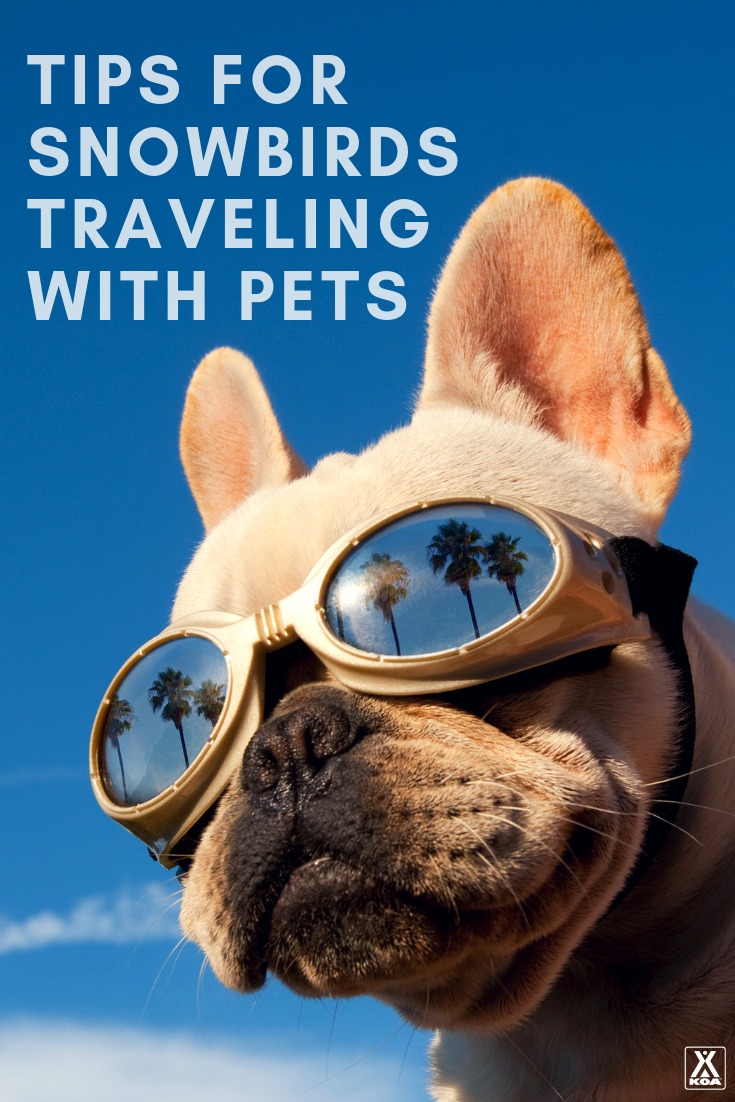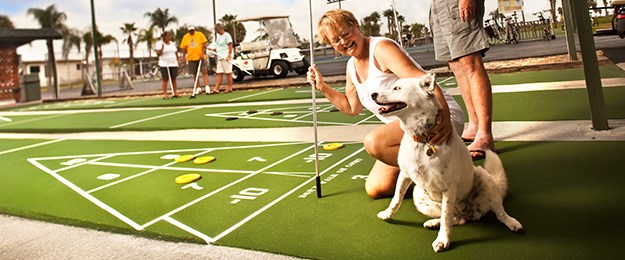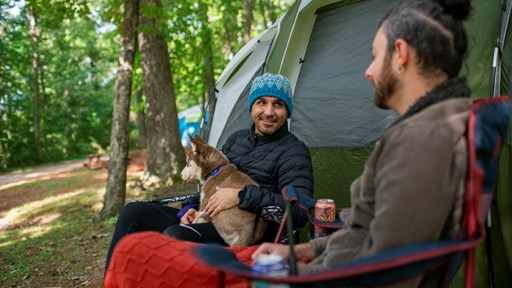Long before winter’s blustery chill begins to sting the bones, plans are being made by people in Canada, the Northeast and Midwestern United States to seek the warmer climes of the south. It’s an interesting phenomenon that occurs each year and mimics the migration ritual of our feathered friends.
These “snowbirds” (as they are affectionately called) flock to Arizona, Texas, Florida and other places along the Sunbelt to avoid winter’s bite and inconvenience. Northern Europeans also are known to head to warmer places in the U.S., adding to these second communities of seasonal residents each year.
Snowbirds are typically retirees or business owners who can afford to be away for extended periods of time. Many have a second home in a warmer location, while others take their home on wheels with them in the form of an RV or camper.
Jack and Ethel W. have been making the trip for 18 years. Pulling out of their snow-banked driveway in upstate Ohio, their 28-foot Fleetwood Southwind RV is loaded with rations, lighter clothes than they would have needed had they stayed home, and Phantom, their four-legged, eight-year-old. That’s right, more and more people travel with their pets these days and snowbirds are no exception. The couple wouldn’t dream of leaving behind their special member of the family, a Lhasa Apso. He’s like one of their children. They’ll stay gone five or six weeks in southern Georgia, while taking several side trips to explore new places.
Traveling with pets long distances and for long periods of time presents challenges not only for snowbirds but also for the pets they take along. According to Dr. Mitch Spindell, site vet on PetTravelCenter.com, the first thing one should always consider is how physically able a pet is to travel. Some senior, pregnant, injured, or otherwise physically impaired pets do not travel well.
Besides making sure your pet is physically fit and comfortable to make the trip, here are 9 tips to consider:
- If your pet has any chronic conditions, take all pertinent medical records. It’s a good idea to have your pet’s records with you any time you travel long distances.
- If your pet is on any long-term medications, be sure to have plenty to last your entire stay.
- If you are driving north or south of the U.S. border, be sure to check all local regulations and have your pet’s current health certificates with you.
- Establish a local vet in the area as soon as possible in case of emergency. Go to PetTravelCenter.com and click on Emergency Tips for more information.
- Ask a local vet about any diseases or parasites that may be present in that part of the country (Lyme disease in New England or year-round fleas in Florida, for instance). Your pet may not be protected against these if they are not present where you live.
- Just as your passengers’ safety is vitally important when you travel, don’t forget about your pet’s safety as well. An unrestrained 25-pound dog, for example, becomes a 1,000-pound projectile in a 40 mile-per-hour crash. This type of mass flying uncontrollably around a vehicle could be deadly not only to your pet, but also to you and your passengers.
- Look out for your precious cargo by providing a pet car seat equipped with a restraining device (for smaller pets) or a vehicle pet harness that is secured with a seat belt. Cats should be kept in a carrier suitable for traveling, also secured with a seat belt.
- A travel tag on a pet’s collar will help someone locate you locally should you and your pet become separated. The travel tag should contain information about where you are staying (while away from home), including addresses and phone numbers. A cell phone number is also a good idea to have on the tag since most people have one with them, especially when they travel.
- Another item to consider is a pet first-aid kit. It’s important that you are not only familiar with the items you pack in the kit but know how to use them. You can find a list of the more common items to pack under Emergency Tips.
Tom James is founder and president of PetTravelCenter.com, an online community that provides worldwide resources for pet-friendly hotels, attractions, destinations, RV parks, dog parks, campgrounds, airline pet policies, pet travel tips, pet relocation, veterinarians, emergency pet hospitals, and a wide variety of pet travel products through its online pet store.


























